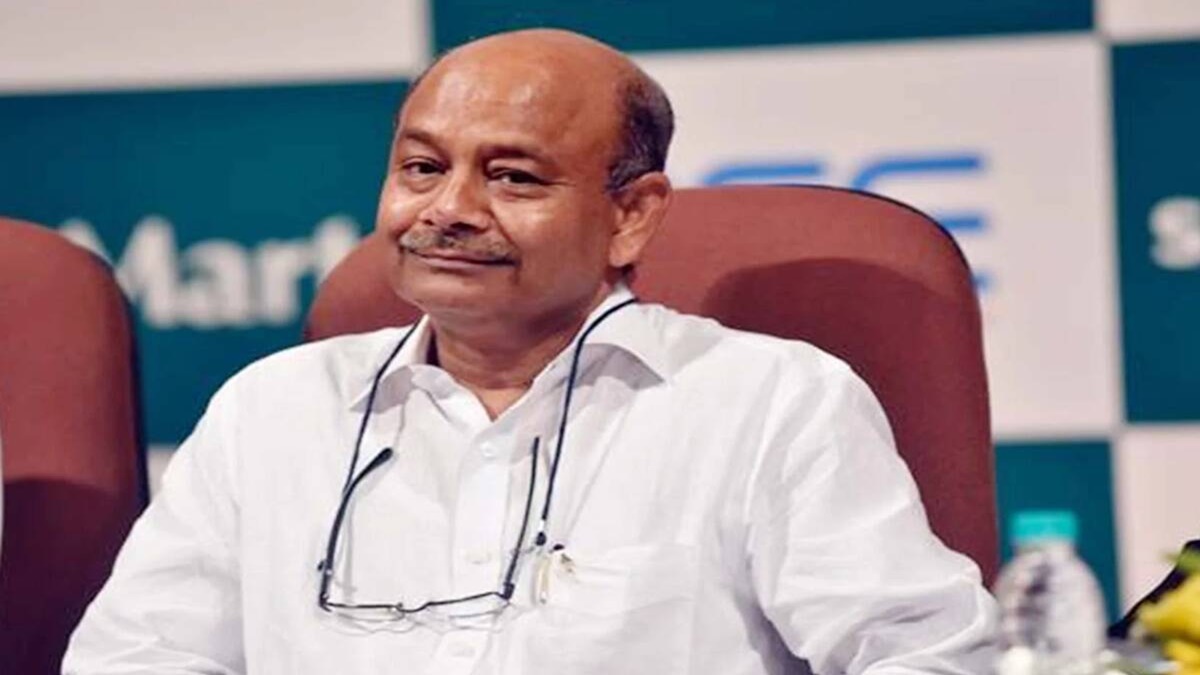Radhakishan Damani, a prominent figure in India’s retail sector and the genius behind DMart, has firmly established himself in the Indian stock market. With a remarkable net worth of ₹161,187 crore and a portfolio comprising 13 stocks, Damani’s investment strategies and market insights have positioned him among India’s wealthiest. Renowned for his value investing methodology, he emphasizes sustainable business practices and long-term growth, much like the legendary Warren Buffett.
Damani’s influence is notable, attracting attention from institutional investors and everyday traders alike. His recent holdings in two lesser-known microcap companies have sparked curiosity, especially in a market that thrives on rapid returns. What insights does Damani see in these firms that others may overlook? Let’s delve into these stocks and uncover the potential behind his choices.
Advani Hotels & Resorts (India) Ltd – AHRIL
Founded in 1987, Advani Hotels and Resorts India Ltd specializes in luxury hospitality and operates the renowned Caravela Beach Resort in Goa. This independent, 201-key resort boasts a stunning location along the Arabian Sea and was crafted by the esteemed architectural firm Wimberly Allison Tong & Goo (WATG).
- Market Cap: ₹540 crore
- Damani’s Stake: 4.2% valued at ₹22.6 crore since at least March 2016
Analyzing AHRIL’s financials reveals its impressive turnaround:
- Sales Growth: From ₹27 crore in FY21 to ₹105 crore in FY24, marking a 57% CAGR over three years.
- Profit Recovery: The company rebounded from a ₹4 crore loss in FY21 to a ₹25 crore profit in FY24.
- EBITDA Improvement: From a negative ₹3 crore in FY21 to ₹34 crore in FY24.
The share price has surged from ₹24 in March 2020 to ₹58.4 as of March 6, 2025, representing an impressive 143% increase.
Notably, AHRIL’s current PE ratio stands at 21x, whereas the industry median is 35x. With a dividend yield of 3.08% and a commendable 95.9% payout ratio, AHRIL ranks among the top 10 dividend-paying companies in India based on the last decade’s performance.
Mangalam Organics Ltd (MOL)
Established in 1981, Mangalam Organics Ltd is a leading manufacturer of camphor, resin, and sodium acetate, making it the world’s largest producer of camphor. The company also holds ISO certification for its production of various pine chemicals.
- Market Cap: ₹348 crore
- Damani’s Stake: 2.2% since at least June 2020
Despite a robust clientele that includes industry leaders like Asian Paints, Pidilite, and Amazon, MOL’s financial trajectory raises eyebrows:
- Sales Growth: Increased from ₹375 crore in FY20 to ₹405 crore in FY24, reflecting a 2% CAGR.
- Profit Decline: Net profits plummeted from ₹48 crore in FY20 to a loss of ₹25 crore in FY23, followed by a mere ₹4 crore profit in FY24.
- EBITDA Drop: A notable decrease from ₹86 crore in FY20 to ₹34 crore in FY24.
The share price, once peaking at around ₹1,200 in January 2022, has seen a decline and is currently trading at ₹408 as of March 6, 2025.
MOL’s current PE ratio of 41x contrasts sharply with the industry median of 29x. The company’s long-term PE median is considerably lower at 10x, while the industry average stands at 23x.
Investment Insights
Radhakishan Damani has kept the investment community abuzz with his choices in these lesser-known microcap firms—Advani Hotels & Resorts (AHRIL) and Mangalam Organics Ltd (MOL). AHRIL’s impressive financial recovery demonstrates Damani’s preference for companies with sustainable growth potential. In contrast, MOL’s recent struggles, despite its established market position, raise questions about his continued investment.
For investors, these selections highlight the nuanced stories behind each decision. Whether these microcaps will ultimately deliver returns remains uncertain, but Damani’s track record keeps them on the radar.
Final Thoughts
As you explore investment opportunities, remember that every decision in the stock market is layered with complexities and narratives. If you are considering diving into these stocks, it’s wise to consult with a financial advisor to tailor your investment strategies to your unique objectives and resources.










